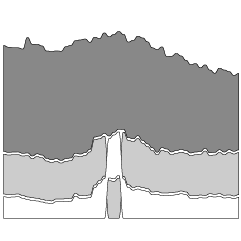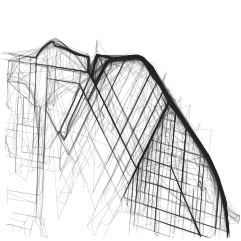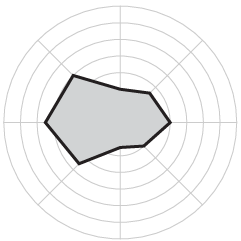There’s this branch in computer science and statistics for vision research. Normally, if you ever hear about it in the news it’s in the context of spotting terrorists in security tapes or facial recognition checkpoints (you know, like what they have in movies in front of giant steel doors). That is of course not the only application.
Google (and many others) has been playing around with this stuff for a while. Most recently, they released Google Image Swirl in their labs section, which utilizes computer vision to find similar images.
Above is my search for happy cat. The initial search result is what you’re used to. It’s a matrix of thumbnails. Click on one of them, and you’ll get similar images clustered as a network graph.
Google Image Swirl: the new way to find if someone is plagiarizing your work.
[via information aesthetics]

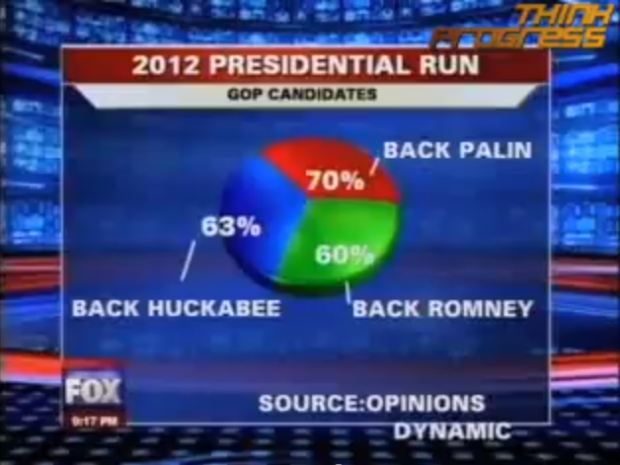
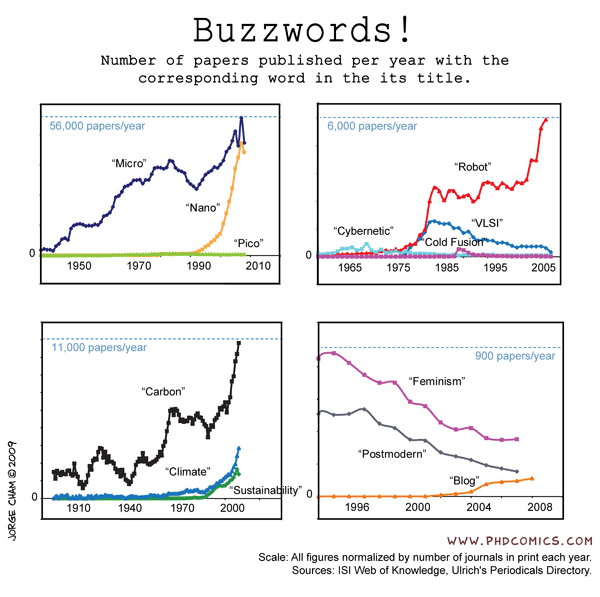

 Ever since my hometown Fresno, California was
Ever since my hometown Fresno, California was 
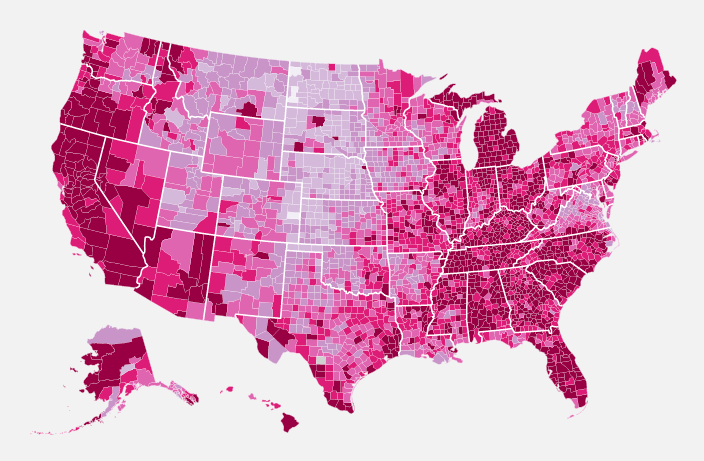
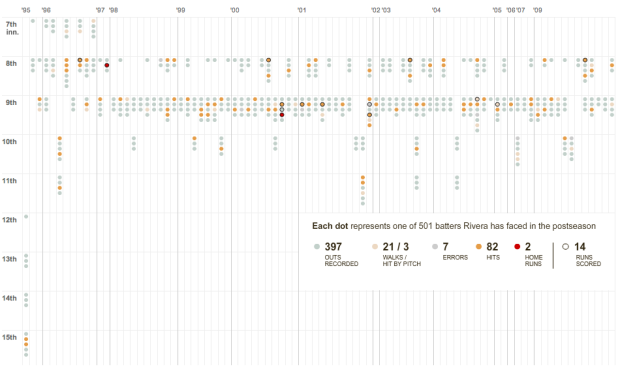
 Visualize This: The FlowingData Guide to Design, Visualization, and Statistics (2nd Edition)
Visualize This: The FlowingData Guide to Design, Visualization, and Statistics (2nd Edition)


